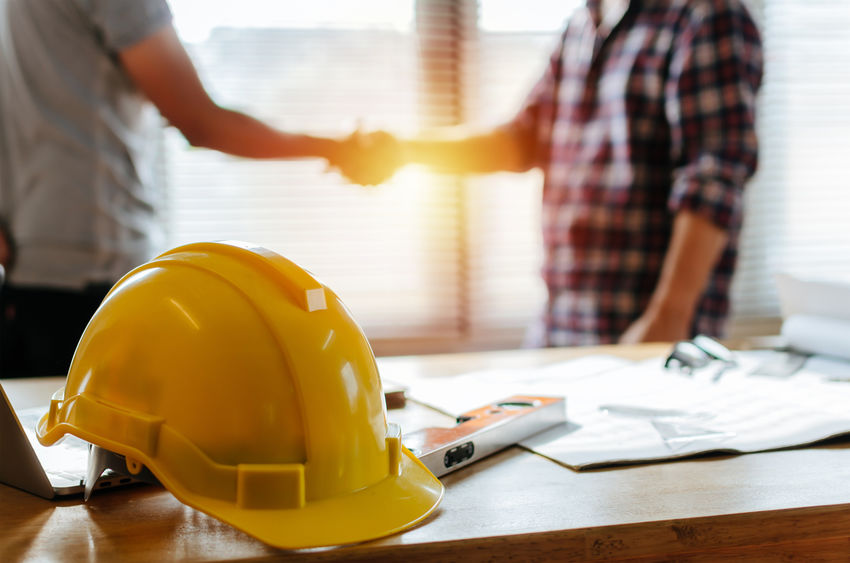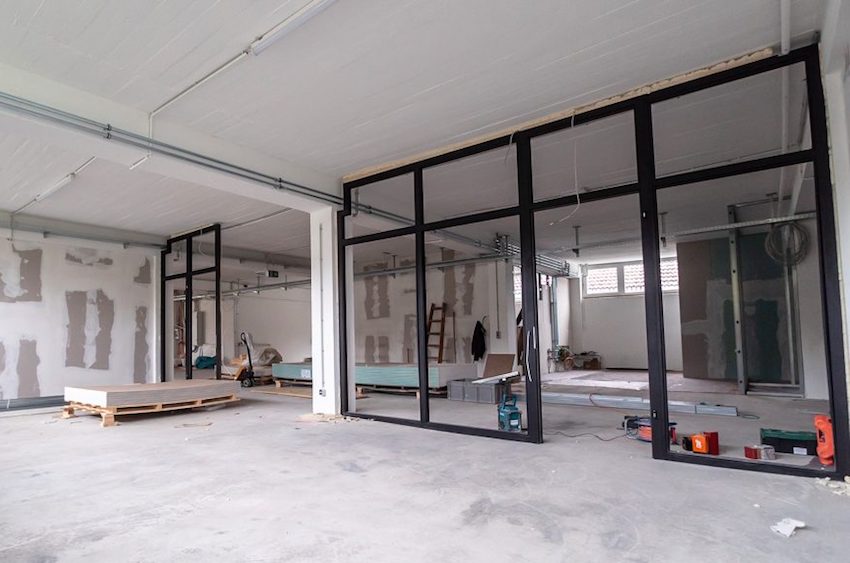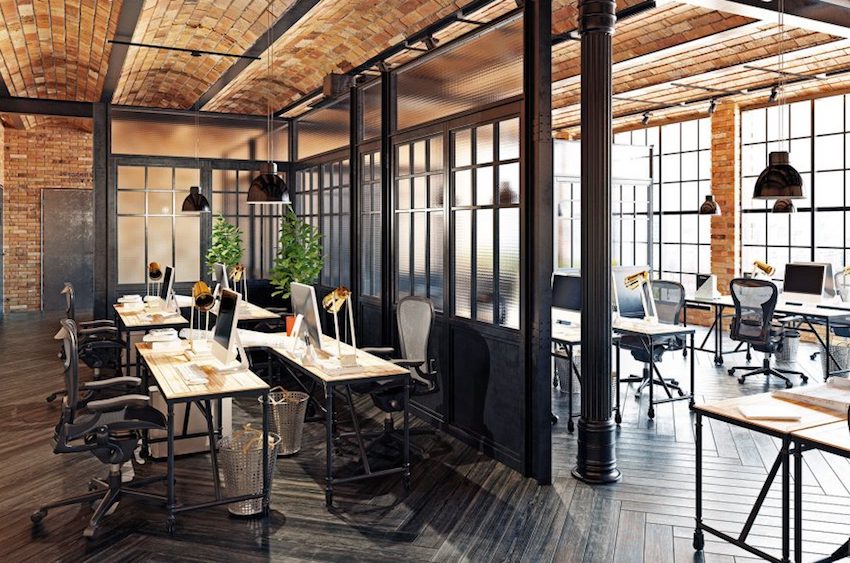Clay Construction: Our Process
Are you considering constructing a new building or renovating? You might feel overwhelmed as you try to think through everything that’s involved. And if you haven’t decided whether to remodel, expand, or build new it might be hard to see the big picture. As a commercial general contractor in Northern Virginia, we’ve partnered with many project owners to develop a variety of commercial properties. Here’s an overview of the commercial construction process from start to finish to help you see the big picture.
Site Visit and Feasibility Analysis
Proper site selection is the foundation of any successful building project. Without having the details and green light that the report provides, moving forward could be a perilous step!
The site visit and feasibility analysis is the first phase in a construction project. This stage involves:
- Finding a property location
- Pre-designing the building/facility
- Introducing the architect and general contractor
Feasibility concerns need to address site access, building orientation, utility connections, and many other items. A great building can fail if important items such as size and location aren’t understood and implemented from the start.
Preliminary Budget and Schedule
By thoroughly planning and coordinating your project before construction starts, we can help your entire commercial construction project run smoother and finish sooner, within budget.
Of course, you expect to have projects stay on time and within budget. At Clay Construction, our subcontractors meet our high standards of performance and share our company’s commitment to quality. The longstanding relationships that we maintain with employees, subcontractors, suppliers, and government officials have made a real difference in providing cost certainty for our customers. We believe people and their ideas are the most important aspects of business and we will work with you to solidify your schedule & budget expectations. Our goal is to ensure your project finishes on schedule & within budget, and during this phase, we are completely transparent about expectations.
Architectural Design and Engineering
When contractors join architects in the design phase, project cost is easier to estimate. If you go this route, you will gain information about current market price and be more able to make timely decisions. With open lines of communication between architects and contractors, your construction document package and detailing will be stronger. The design team must make sure that all designs meet building codes and regulations. These are some of the steps associated with architectural design and engineering:
- Programming: A building program allows you to get an idea of space, functional needs, and building flexibility. Programming is typically handled by an architect. After the programming phase, you will have a basic idea of the building size, number of rooms, who will use the space, and how the space will be used.
- Schematic design: Schematic designs allow you to consider how you want to visually represent your company. These designs include sketches of the materials, colors, sizes, shapes, textures, and patterns of your building project.
- Design development: Design development refers to the investigation and research of equipment and materials needed for construction and how much they cost.
- Contract documents/working drawings: The final specs and complete set of drawings are included in what is known as contract documents or working drawings. Contractors use these to assess their bid. Builders use them for the construction process. The contract establishes timelines and costs for each stage of the construction project. These documents guide contractors and vendors away from cost increases throughout the building process.
Permitting and Construction
By guiding you through all phases of new construction, Clay Construction can help minimize the risk associated with demanding schedules and complex projects, and give you the final product you desire.
Pre-construction
The permitting and pre-construction phase starts once project owners notify their selected general contractor to proceed. The contractor then assigns roles that form a project team. These roles include:
Project Manager: Point-person for the project team.
Superintendent: Coordinates on-site construction activities and maintains time schedules (including deliveries of equipment and materials).
Contract Administrator: Helps project manager and superintendent with contract details.
Field Engineer: Manages important paperwork. During pre-construction, field engineers investigate the site to determine if any steps need to be taken prior to construction. They check to make sure that the site foundation and environment are in good building condition. They also ensure no historical artifacts could be threatened by the project.
Procurement
The items needed to complete the construction project (e.g., labor, equipment, materials) are purchased during the procurement phase. In keeping with the contract, an agreement is created between the owner and seller. The agreement is known as a purchase order. The purchase order ensures that purchased products meet required specs for the agreed price.
If we do all the construction work for the project, then we manage the procurement phase on our own. Otherwise, we might use subcontractors. Subcontractors specialize in one specific part of the construction work (e.g., concrete, woodwork, glass). As with the general contractor, subcontractors are hired during the bidding process.
Construction
The construction phase begins with a meeting organized by the superintendent. During this meeting, decisions are made in regards to work hours, material storage, site access, and quality control. Afterwards, a groundbreaking is conducted. Depending on the design and functionality, the order followed and materials used include site excavation, the installation of underground utilities, concrete pouring, steel erection, framing, roofing, exterior and interior work, etc. Each of these steps are inspected by the project manager and an official state construction inspector. This phase ends once construction is complete.
Post-Construction
Prior to occupancy, there are several steps that must be taken after the construction is complete. One of these steps includes completing a project punch list. This list includes final walkthrough items such as the need to change paint color or replace a broken floor tile. Once the punch list is complete, the occupancy phase begins. During occupancy, equipment and furnishings (e.g., furniture, desks, blinds) are installed or calibrated. If every requirement has been met for the building, the architect will issue a certificate of substantial completion. This certificate represents the official completion of the project. Finally, the last inspection is done by the building official.
Ready to Start Building?
We hope this has given you an accurate overview of what to expect in the commercial construction process. If you want to discuss how this process looks for your project, please contact us. We’ll get you in touch with the right people who will be able to talk budget, timeline, and construction feasibility for your project.



